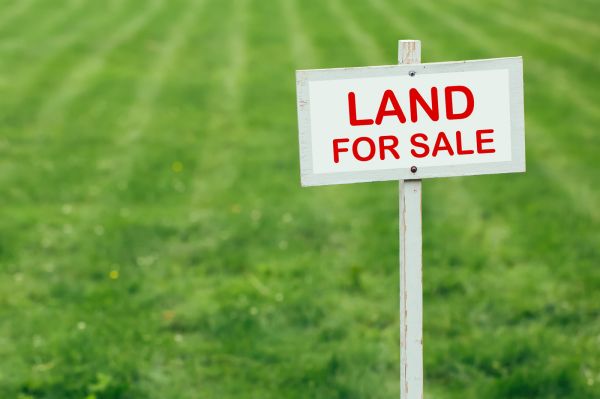
Matt O'Keeffe
Editor
They’re not making any more of it

In the broad agricultural sphere alone, there are ambitions to grow more trees, expand our tillage area, build solar farms, provide for increased biodiversity, deliver on rewetting aspirations, provide feedstock for a nascent biomethane industry and fulfil land demand for more extensified milk production to cater for a reduced Nitrates Derogation. Not all these needs are exclusive. Rewetting and increased biodiversity, resulting in at least a significantly reduced stocking rate if such land is to carry livestock at all, can be sourced from existing farmland. Likewise, biomethane feedstocks can be sourced from land hitherto devoted to livestock or other production. Solar farms are being created as alternatives for existing production uses. The theme is the same, however. There is a finite land resource that is in demand for a range of existing and proposed purposes. Something will have to give, and this erosion of current land uses is already well underway. If even some of the demands are to be met, then livestock numbers will reduce. Either that or stocking rates will increase on currently lowly stocked farms. That is becoming increasingly unlikely as environmental pressures demand lower stocking rates and regulatory measures are actively encouraging this direction of travel. In relation to solar farms, it is not nihilistic to question the rationale of devoting productive land to solar energy production when the same technology can be easily accommodated on thousands of hectares of agricultural roof spaces across the country without any reduction in land devoted to food production.
Land demand
Leaving aside the list of land uses associated with food or energy production, there is ongoing and increasing demand for land to be used for building purposes. Even the minimum requirement of 30,000 houses to be built annually for the foreseeable future will impact greatly on land availability. Much of this building land requirement is on highly productive land, simply because original settlements were established close to fertile land resources. Apart from urban and suburban land demand for housing, the ongoing development of one-off houses across the rural landscape also reduces land availability for other purposes. Then add on road developments. Despite the aspirations of the Green Party, road building and improvements will continue, adding to reduced land availability for food production. While wind farms are a contentious development in many parts of the country, they are probably the least invasive in terms of land demand, as they take up relatively little space and are usually placed in areas of reduced agricultural potential.
All this signals a significant reallocation in land use in the coming decades. If, and that’s a big if, the ambitions for increased afforestation are met, then a further six percent of Irish land will be reallocated from existing use, in many cases away from extensive livestock farming. The ongoing drift from suckler farming is expected to continue and much of that land is likely to be reallocated to non-food production, such as energy, timber or biodiversity. The targets for an expanded tillage sector will be dependent on weather, land availability/cost and a realignment of input costs/output returns from the sector. More premium crop production may help but even the available premiums for malting/distilling/protein/food versus feed crops, will hardly be the driving force for a greatly increased acreage. At most, weather permitting, it may deliver a realignment of existing cropping patterns and acreage.
In any event, we are on the cusp of a major restructuring of land use as well as a significant change in the physical profile of our landscape.




